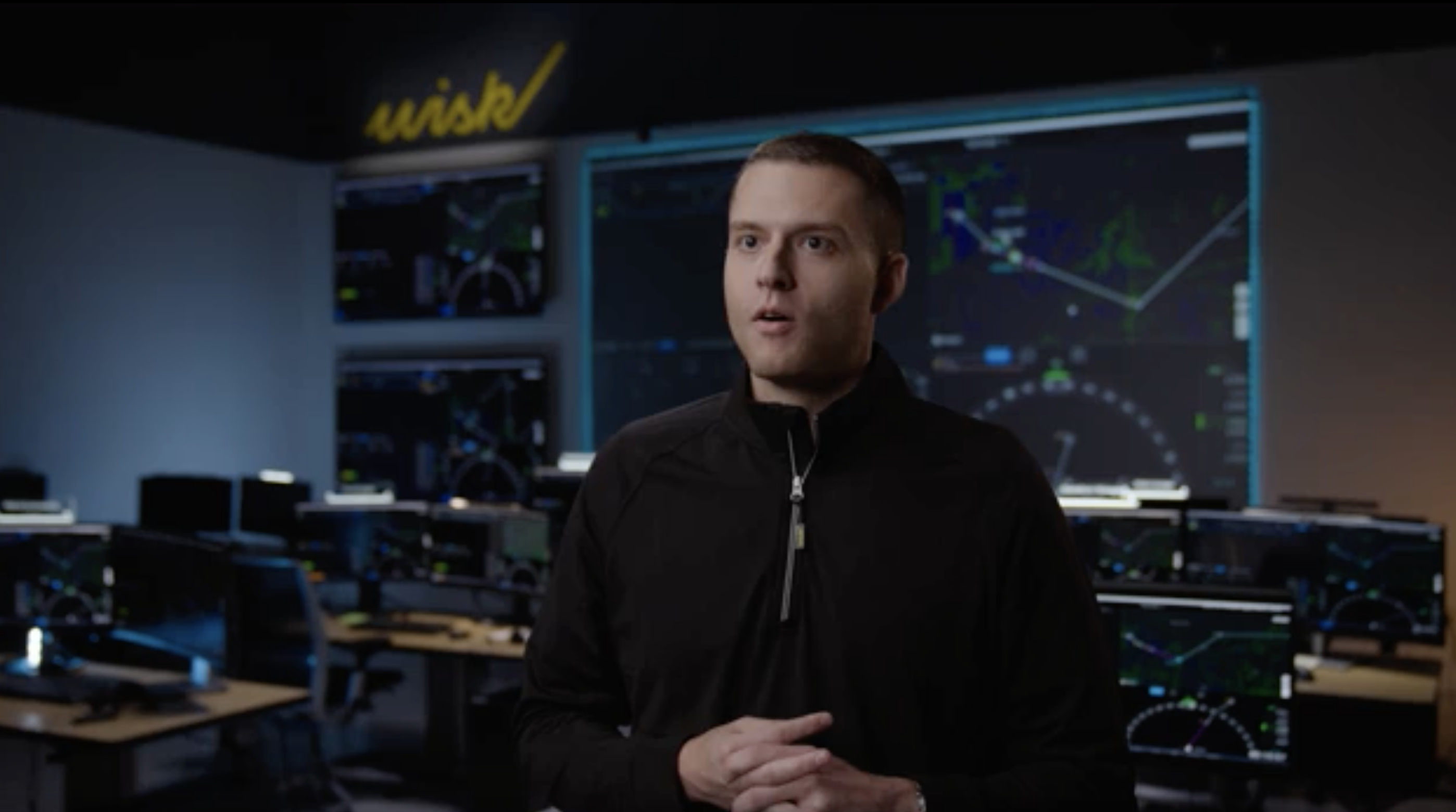VIDEO: Optimizing Human-System Interaction — Wisk’s Workload Management for Multi-Vehicle Supervision
Wisk has released another video which explores some of the technology the company is working on and how it will help pioneer the future of air travel with its autonomous Gen 6 eVTOL aircraft.
Released today (Monday), the blog below shares more details about how it is optimising human-system interaction.
–/
At Wisk, we’re pioneering the future of air travel with our autonomous Gen 6 aircraft, overseen by human Multi-Vehicle Supervisors (MVSors) from a ground-based operations center.
This revolutionary “one-to-many” flight supervision concept presents unique challenges, particularly in managing operator workload. Our dedicated Human Factors team is at the forefront, meticulously designing and evaluating a safe and reliable system that ensures our MVSors can efficiently manage multiple autonomous aircraft simultaneously.
Our rigorous testing process begins long before human interaction. We utilize advanced software to model task sequences and predict potential workloads, allowing us to identify and address issues early in the design phase.
This iterative approach saves time and resources. Once we have a refined theoretical model, we move to our simulator. Here, participants actively manage multiple virtual aircraft, enabling us to observe and measure cognitive workload, situational awareness, and task performance in realistic nominal and off-nominal scenarios.
We employ a combination of objective metrics, such as task completion rates, error frequency, and reaction times, alongside subjective measures like NASA-TLX questionnaires to gauge perceived workload, stress, and frustration. Additionally, physiological markers like heart rate variability and eye-tracking data provide deeper insights into the operator’s experience.
Understanding and optimizing MVSor workload is paramount to safety and efficiency. Our research translates directly into actionable design requirements for improving human-system interaction.
This includes optimizing user interfaces by prioritizing alerts and leveraging automation for routine tasks, ensuring the system works seamlessly with the operator. We strive for a balance between efficiency and productivity, without compromising operator well-being or passenger safety.
Furthermore, our work extends to integrating these findings with existing Air Traffic Control (ATC) operations and national airspace interactions, aiming to be a dependable partner in building a safer, more efficient future for air travel.


